Week 3: Fields of Practice
- bethgaleckyj
- Feb 9, 2023
- 11 min read
Updated: Jun 15, 2023
This weeks lecture came with a very interesting question; what is the purpose of categorising someone's practice?
Initial Thoughts
On one hand, categorising yourself and your practice can have a few benefits; maybe it will help you to attract certain types of clientele, or perhaps it will help you to find work that will allow you to utilise your strongest skills.
But with categorisation, it can bring a lot of limitations and as a result, it can stop you from developing, evolving and reaching your absolute potential.
.
With the rate that technology is evolving, and the fact that we have almost unlimited access to a myriad of information and opportunities about the world, everything we knew, or thought we knew, about 'conventional' graphic design is changing- it's expanding- which means that the scope for design is so much wider than it used to be and furthermore, should definitely be explored.
Research
What is the scope and what are the boundaries of graphic design today? Current and future?
I have to admit, when I first started learning about Graphic Design, my understanding of the terminology was a little limited, and my knowledge of the different practices within this field was fairly narrow (and quite conventional) at first.
When I first thought of graphic design, I thought of advertisements, brand designs, magazines and print work. It hadn't really occurred to me until later down the line that there were so many more practices and professions out there that utilised a lot of the skills, techniques and tools of a graphic designer, whilst also incorporating that of something else.
This all relates to our challenge this week, which was to look into the categories of the D&AD Awards and consider how these impact on our views of graphic design terminology- how they might break the boundaries of 'conventional' graphic design.

Fig. 1- D&AD Award Winners. https://www.dandad.org/en/d-ad-awards-pencil-winners/
All though there were many different aspects of design that I wanted to explore (and I hope to explore in the future), I decided that for the sake of this blog piece that I would pick the one that hit a little closer to home.
Graphic Design in Film
In 2020 I graduated from UOG with a undergraduate degree in Film Production. Although I absolutely loved the course, the lecturers and my course mates, by the end of my studies I felt that I had lost a lot of my passion for filmmaking.
I came out of my course feeling slightly deflated for a number of different reasons- mainly due to the fact that the pandemic, as well as my mental health problems and other circumstances had made it near impossible for me to move forward with my plans.
At that point, graphic design and digital art became my crutch for a while and very soon it became my vocation as I continued to gain amazing work experience and develop on my abilities as a content creator. But although my skills in graphic design and content creating were evolving, I genuinely thought I was saying goodbye to my career as a filmmaker.
Coming into this course, at first I was apprehensive. My thoughts were that although I had a bit of experience in graphic design, that my background in filmmaking would hold me back and would mean I would have to do twice the amount of work to keep up with everyone else.
However, with a mixture of independent research, as well as some insight from this course, and my lovely course mates, I came to understand that my external skills and experiences within multimedia and film production could definitely be seen as a benefit rather than a setback- and that instead of drawing a line between the two, maybe I should see how they can collaborate instead.
Annie Atkins- Prop Maker/ Graphic Designer
For this weeks challenge, we were given the task to explore different art and design practices that broke the boundaries of typical graphic design. Furthermore, I decided to look into graphic design practices within film and video production.

Fig. 2- Annie Atkins Working. https://www.annieatkins.com
Film requires a broad range of different art and design skills in order to effectively bring a story to life.
While the practice of the Production Designer, Art Director or Set Designer is vital to the creation of the world, an essential practice that I believe is often overlooked is that of the prop maker.
Annie Atkins is a professional graphic designer, prop maker and craftswoman from Wales.
She is predominately known for her work on Wes Anderson's films, The Grand Budapest Hotel, Isle of Dogs and The French Dispatch, but has also worked on a array of different period dramas and thrillers such as The Tudors and Bridge of Spies.
Fig. 3- Isle of Dogs. https://www.annieatkins.com
Fig. 4- The Grand Budapest Hotel. https://www.annieatkins.com
Fig. 5- Bridge of Spies. https://www.annieatkins.com/films/bridge-of-spies
In the It's Nice That's Interview, she first talks about her background- that although she had initially started as graphic designer/ art director for an advertising agency based in Iceland, she had decided to leave that job behind- explaining that the company's sleek, minimal and digital style of graphic design just wasn't for her as it didn't correlate with her aesthetic (having come from a fine art and illustrative upbringing).
It wasn't until later, as she was studying her MA course in Filmmaking, that she then discovered her interest, passion and niche for crafting graphic props for film and TV.
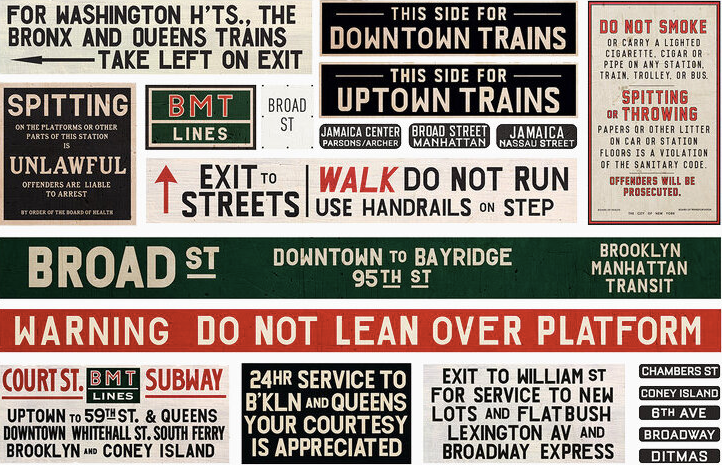
Fig. 6- Bridge of Spies. https://www.annieatkins.com/films/bridge-of-spies
Unlike with her previous job, Atkins felt like she got to shake off their digital instincts.
There was no pressure to create something that was visually flawless- because when it comes to making props, it isn't about making something look perfect, it's about making something look and feel authentic.
She explains that each prop should allow you to 'step into the shoes of the character- or the time or place', meaning that each prop should reflect upon the character that uses it/ the world around it and should in general add relevant detail to the story and its context.
Although it is important that these props help to immerse the audience into the story, it is also important to immerse the actors themselves into that world, in order to help aid their performance/ delve into their characters.

Fig. 7- The Grand Budapest Mendl's Box. https://www.annieatkins.com/films/the-grand-budapest-hotel
Atkins goes on to describe how she is able to achieve absolute authenticity in her pieces- she explains that instead of using current/digital techniques and tools, Atkins will make sure to utilise more physical materials (glue, paint, clay, stained glass etc) to design, mould and craft her props as authentically as possible. She even makes a habit of researching and utilising the traditional crafting techniques, tools and methods in order to imitate the work of real crafts people.
Atkins explains how although she feels like she is rubbish at typography, her strengths lie within her lettering abilities. She explains that with graphic prop making, 'you don't want things to look like they were created by a designer' and unlike with typography, she explains how there is more room for error and that it is okay if something were to look 'slightly off'.

Fig. 8- Bridge of Spies. https://www.annieatkins.com/films/bridge-of-spies
But what are the key similarities and differences of a Graphic Designer and a Graphic Prop maker?
Similarities
Visual Storytelling & Communication
In my mind, the main similarity between a Graphic Designer and a Graphic Prop-maker, is their ability to visually tell or expand upon a story. Whether that be with branding, with web design, with packaging or with a graphic prop, nothing is created without fore-thought of how it is going to communicate, engage or influence the emotions of the viewer.
Techniques and Skills
Another similarity between a Graphic Designer and a Prop- Maker can be the techniques, skills and tools used to create their products. Overall, I believe that both practices must have a general understanding or knowledge of some basic design practices (iconography, typography/ lettering, photo-editing and manipulation etc) in order to execute and create their designs to the best of their abilities.
Differences
Visibility
Annie Atkins references the Prop-master Robin L Miller, who had said that 'if' you're noticing the props, you're doing your job wrong'.
The main difference that a Graphic Prop-maker has that takes them away from that of a general Graphic Designer is a part of the underlining objective behind their work.
Arguably, whereas a Graphic Designers job is to create pieces (advertising, branding, packaging, content etc) that stands out from the crowd, the Prop-makers job is to create items and pieces that blend in with the world around them and enhance the context of the story.
Originality
Being original can be a constant a battle for many Graphic Designers- creating something that is unique, hasn't ever been seen before, and is staying ahead of the constantly shifting trends, can be a major challenge.
Atkins explains how sometimes prop-making isn't an entirely creative process- especially when working within live-action period dramas where all the props you create need to reflect a specific era. Overall, it's not about designing, building and creating something that is unique, instead Akins actually describes it as 'forgery'- copying, referencing and drawing a lot (if not all) inspiration from real life.
Expanding Techniques and Skills
As mentioned further up, Graphic Prop-makers tend to use a lot of similar techniques, skills and tools of a graphic designer. However, I believe that many Prop-makers tend to expand upon their knowledge and abilities in a lot of different artistic, and more particularly, crafting skills, in order to achieve absolute authenticity in their props.
Workshop Challenge Part 1
Synopsis:
Upon looking through the categories of the D&AD Awards Winners, in some aspects I was surprised- more specifically with the amount of categories that were linked directly to filmmaking.
In general, my initial idea of what graphic design was and what it involved revolved mainly around the likes of editorial design, e-commerce, product design and web development etc.
Yet after seeing this list, the impact that it has on my views of design terminology is fairly substantial.
I have always said to others that I come predominately from a film background. Upon graduating from my however, after losing a lot of my passion for filmmaking and the industry as a whole, I decided to become a content creator instead. This was where I developed on my passion and interest in graphic design as I would be creating graphics for the company’s social media accounts and emails.
It never actually occurred to me until now, that although I had personally established myself as a filmmaker or a content creator, that graphic design was still a fundamental part of that role.
But the moment you truly understand the definition behind ‘graphic design’ you then begin to realise just how broad it is.
Even the origin of graphic design itself is widely speculated, some argue that it had started with caveman paintings in the prehistoric era, some debate that it had started with the invention of the first printing press in the 15th century, and others have argued that it had started after William Addison Dwiggins had coined the term in 1922.
But the one thing we can take away from these speculative answers, is that there is no definite answer, because in my opinion the scope of graphic design always has been, and always will be, very broad.
And that is because, graphic design is, before anything else, the creation of visual communication. It is the visual telling of a story.
And evidently, as we have seen over the last fifty decades, it will only continue to broaden as technology continues to advance and allows us even more access to an immense amount of information, tools, and new forms of communication.
My trip to the NXT museum had made it clear just how limitless our creative abilities are becoming and just how limited my initial view of graphic design was. I honestly would have never guessed that Harriet Davey was a graphic designer- but going back to the very definition of graphic design as a whole, although she is considered to be a 3D artist and AR creator, the key principle of graphic design is still there.
Overall, I can definitely say that this list has opened my mind to the myriad of possibilities within graphic design, and has definitely made me consider utilising my skills in filmmaking as a way to aid me in my design pieces.
Workshop Challenge Part 2
Reflect & Produce
For part 2 of this weeks workshop challenge, we were tasked to explore the terminology and language that we associate with graphic design.
First we were to list 10 different design practices of today:
10 Different Design Practices Today
Advertisement
Web Design
Brand Design
Print Design
Type Design
Product Design
Graphic Art
Illustration
Urban Design
Interactive Design
The first thing I thought of when listing these practices were 'wow that was a bit tricky'. Because I think sometimes you can get swept up in that internal argument of whether something is technically classed as a form design or something else- like art or media.
Another thing that I found tricky, was actually trying to think of all the more modern and new-media approaches to design; it was definitely a lot easier to think of the more traditional types of design practices such as print, product and brand design because they've been around for longer and, in my opinion, they're more commonly used.
Breaking the Boundaries of Graphic Design- The Nxt Museum
The next part of this challenge, was that were to find a piece of design that broke the definitions of design practice.
Last year, during my trip in The Netherlands, I was very fortunate to go to this really cool, unique and interesting art museum- the Nxt Museum.
Based in North Amsterdam, The Nxt Museum is a space that is dedicated to the exploration and exhibition of new media art- or what they like to call 'the art of the future'.
They focus on art that 'uses modern tools to embody modern times' and each piece they show is a demonstration on how we can utilise technical possibilities and applications to expand on our artistic potential.
It is a way to for us to explore the unknown and understand an aspect of our future- to see the direction we are going in with the access and abilities that new technology gives us.
UFO Exhibition
At the time, the exhibition that I went to see was called the UFO- (Unidentified Fluid Other) which looked predominately into the boundaries between the virtual and physical world.
I found this exhibition particularly interesting considering our worlds current development; we are approaching/ delving into a new age where our abilities to build metaverses allows us the ability to experience digital existences and take on post-human identities; identities that allow us to be free, fluid and 'other'.
With this incredibly eccentric and newfangled exhibition, it has opened my eyes to entirely different and distinctive forms of art and design; design that undoubtedly breaks the boundaries of the conventional graphic design practice.
Harriet Davey- 3D Artist and Graphic Designer of 'Viatrix's Odyssey'.
The main art piece within this exhibition that I wanted to focus on for this blog and this weeks workshop challenge, was the art piece 'Viatrix's Odyssey' created by Harriet Davey, Imogen Davey and Julia-Beth Harris.
'Viatrix's Odyssey' was spread across 5 rooms and with each room 'Viatrix', the 'Unidentified Fluid Other' (or shiny alien-like creature0 would guide us throughout the exhibition and offer us insight into their mind and their ideas,

Fig. 9- Viatrix's Odyssey, Harriet Davey, Julia-Beth Haris & Imogen Davey. https://nxtmuseum.com/artist/viatrixs-odyssey-harriet-davey/
The UFO character is created by Harriet Davey, a 3D artist, Graphic Designer and AR creator based across London and Berlin.
The piece also incorporates beautiful and poetic text by Julia-Beth Harris and an ethereal soundscape and composition created by the composer, Imogen Davey.
In some ways, you can say that this piece can correlate to the basic graphic design practices and its purpose; it utilises elements such as text and imagery to visually communicate to us and tell a story.
However, I think the way in which it breaks the boundaries of graphic design, is not only through the tools it uses, but through its different dimensions and layers. The use of physical space, virtual space, sound, light, text and imagery is used in order to immerse us into the virtual world which symbolises the future of technology that we have yet to uncover. If anything, it is an expansion of graphic design- it is multi sensory design.
Final Reflection
Overall, this challenge was meant to make us think (and rethink) about the boundaries of graphic design, and it definitely has done that at the very least (even if it may have broken my brain a little in the process).
It was incredibly interesting and enlightening to see how the practices, elements and terminology of graphic design can translate and worm its way into other creative practices. This challenge has taught me that although it is great, if not important, to learn and understand some of the traditions and 'conventional' practices of a Graphic Designer, that we should also open our minds to all potential opportunities that this ever-changing world has to offer. It is important that we don't get too caught up in our titles, so that not only can we can continue to develop upon our work and our abilities, but so that we can also grow as individuals.
References
Atkins, A. (no date) Annie Atkins, ANNIE ATKINS. [Online] Available at: https://www.annieatkins.com/ (Accessed: February 6, 2023).
Boddington, R. (2020) Meet the shiny, "Yummy", alien-like characters of 3D artist Harriet Davey, It's Nice That. [Online] Available at: https://www.itsnicethat.com/articles/harriet-davey-digital-131020 (Accessed: February 7, 2023).
Fischer, M. (2022) Designing Utopias: How We Want to Live In The Future – Harriet Davey, Sleek Magazine. [Online] Available at: https://www.sleek-mag.com/article/harriet-davey/ (Accessed: February 7, 2023).
Fulleylove, R. (2017) "Imagination doesn't compare to our real life design history": Annie Atkins on the Art of Graphic Design for Film, It's Nice That. [Online] Available at: https://www.itsnicethat.com/features/annie-atkins-graphic-design-for-film-prop-making-wes-anderson-170817 (Accessed: February 6, 2023).
Nicer Tuesdays: Annie Atkins (2021) YouTube. YouTube. [Online] Available at: https://www.youtube.com/watch?v=y5QOa6_eUos (Accessed: February 6, 2023).
Viatrix's Odyssey (2022) Nxt Museum. [Online] Available at: https://nxtmuseum.com/artist/viatrixs-odyssey-harriet-davey/ (Accessed: February 7, 2023).











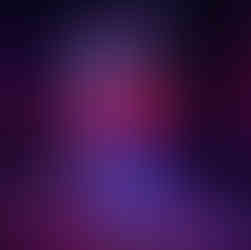






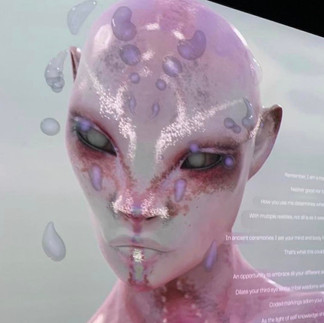
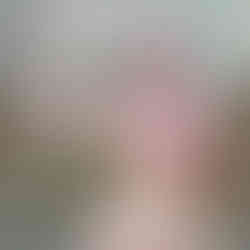

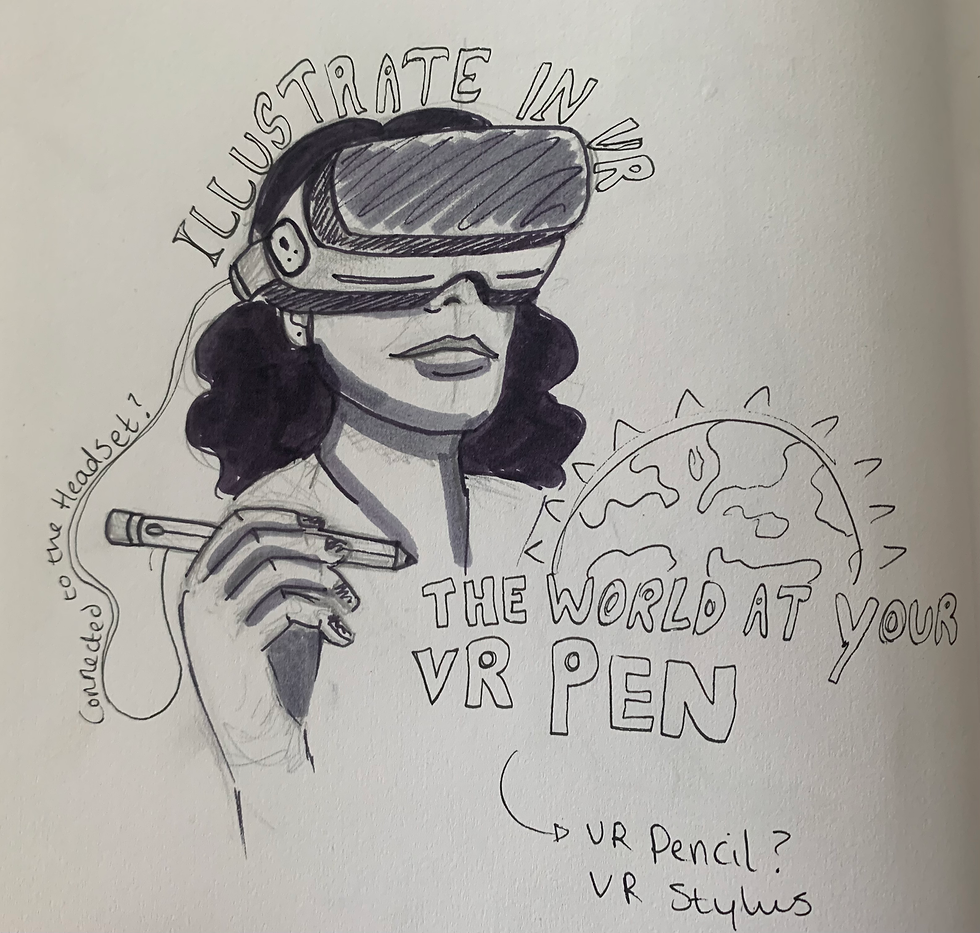


Comments